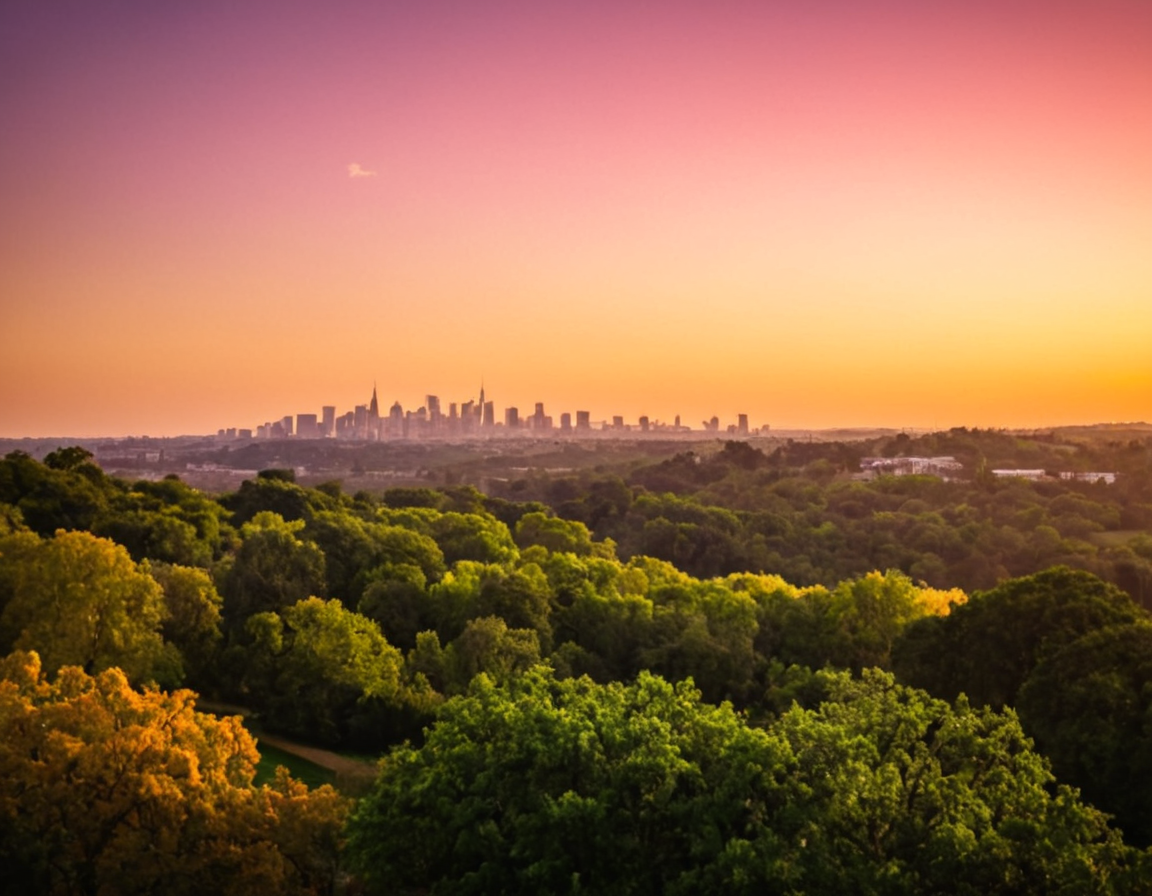Golden Hour Tips - Capture Warm Light

Unlocking Golden Hour: Expert Tips for Capturing Warm Light in Landscapes
Introduction:
The fleeting nature of golden hour has captivated photographers and artists for centuries. This brief window of soft, warm light presents a unique opportunity to capture breathtaking landscapes that evoke emotions and tell stories. In this article, we will delve into the world of golden hour, exploring its significance, technical aspects, and expert tips for capturing stunning images.
Understanding Golden Hour
Golden hour is the period shortly after sunrise or before sunset when the sun’s rays pass through the atmosphere, scattering shorter wavelengths of light and emphasizing longer wavelengths. This phenomenon results in a warm, golden color cast on subjects, making it an ideal time for landscape photography.
Characteristics of Golden Hour
- Soft, diffuse light with long shadows
- Warm color palette with hues of orange, pink, and purple
- Unpredictable lighting conditions due to the sun’s movement
Technical Considerations
To capture the essence of golden hour, it’s essential to consider several technical aspects:
Camera Settings
- Use a tripod for stability and camera control
- Set your camera to manual mode (M) or aperture priority (A/Av)
- Adjust exposure compensation to account for the light’s intensity
- Shoot in RAW format to capture maximum image data
Composition and Focus
- Scout locations beforehand to anticipate the golden hour’s arrival
- Experiment with different compositions, such as leading lines, framing, or symmetry
- Use a wide-angle lens to capture the landscape’s vastness
- Ensure proper focus on both foreground and background elements
Expert Tips for Capturing Golden Hour Landscapes
1. Pre-Visualization and Scouting
- Research locations with unique golden hour opportunities
- Plan your shoot in advance, considering the time of year, weather, and light conditions
- Scout locations during the actual golden hour to ensure the desired effect
2. Camera Settings for Golden Hour
- Adjust your white balance to match the scene’s color temperature (e.g., cloudiness or shade)
- Use a graduated neutral density (ND) filter to balance exposure between sky and land
- Shoot in RAW format to capture maximum image data
3. Composition and Storytelling
- Experiment with different compositions that convey your message or tell a story
- Pay attention to leading lines, framing, and negative space
- Consider the viewer’s perspective and emotional connection
Conclusion and Call to Action
Capturing golden hour landscapes is an art form that requires patience, persistence, and practice. By understanding the technical aspects and expert tips presented in this article, you’ll be well on your way to unlocking the secrets of this captivating phenomenon.
As you venture into the world of golden hour photography, remember to respect the environment, the light, and the subjects you’re capturing. The power of art lies not only in its aesthetic appeal but also in its ability to inspire, educate, and tell stories that transcend time and space.
What will be your next golden hour adventure? Will you be pushing the boundaries of this captivating phenomenon or sticking to what you know? Share your thoughts and experiences in the comments below.
Tags
golden-hour-photography landscapes-sunrise warm-light-capture landscape-tips natural-beauty-shots
About Amanda Lee
Hi, I'm Amanda Lee, a seasoned photographer and blogger passionate about helping creatives grow their skills. With a background in photo editing software like Lightroom & Photoshop, I share practical tips, tutorials, and inspiration on lentecreativa.com to help photographers elevate their craft.
